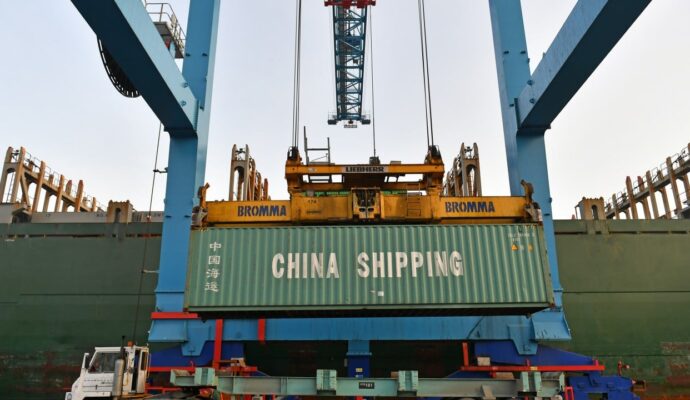Advertisement
The powerful electric Jetour G700 SUV set off on Thursday morning from the Heishazhou ferry terminal in Wuhu, in central Anhui province. It traversed a span of 1.48km (0.92 miles) at an average speed of 7km/h (4.5mph) in 22 minutes before arriving at the opposite river bank.

A live broadcast showed water levels just above the vehicle’s tyres, with door handles still visible above the surface. Wearing life jackets, the driver and co-pilot kept the windows lowered and communicated via a walkie-talkie as support boats followed closely behind. The social media live stream attracted more than 2.5 million viewers.
The G700 stands out in a field long dominated by Western companies such as US-based WaterCar, which makes the Panther, an amphibious jeep that can exceed 70km/h on water. Having crossed the Yangtze, the mass-produced G700 now represents a new frontier in civilian amphibious technology.
Advertisement
Positioned as a luxury off-road SUV, the G700 is equipped with two military-grade turbo thrusters, each with a rated power of 15 kilowatts and peak power of 18kW. Together, they generate thrust of 3,000 newtons, enough to propel the 3 tonne vehicle steadily through the river for over an hour.
The vehicle’s core components meet the IP68 waterproof standard, Li said. Upon entering the water, the chassis drain holes automatically seal, allowing a maximum wading depth of 0.97 metres. The SUV also features ship-grade anti-corrosion technology, a seamless painted body and an active air circulation system, with the cabin capable of withstanding water pressure up to a depth of 2 metres. A built-in gyroscope can continuously adjust thruster output to maintain stability.


